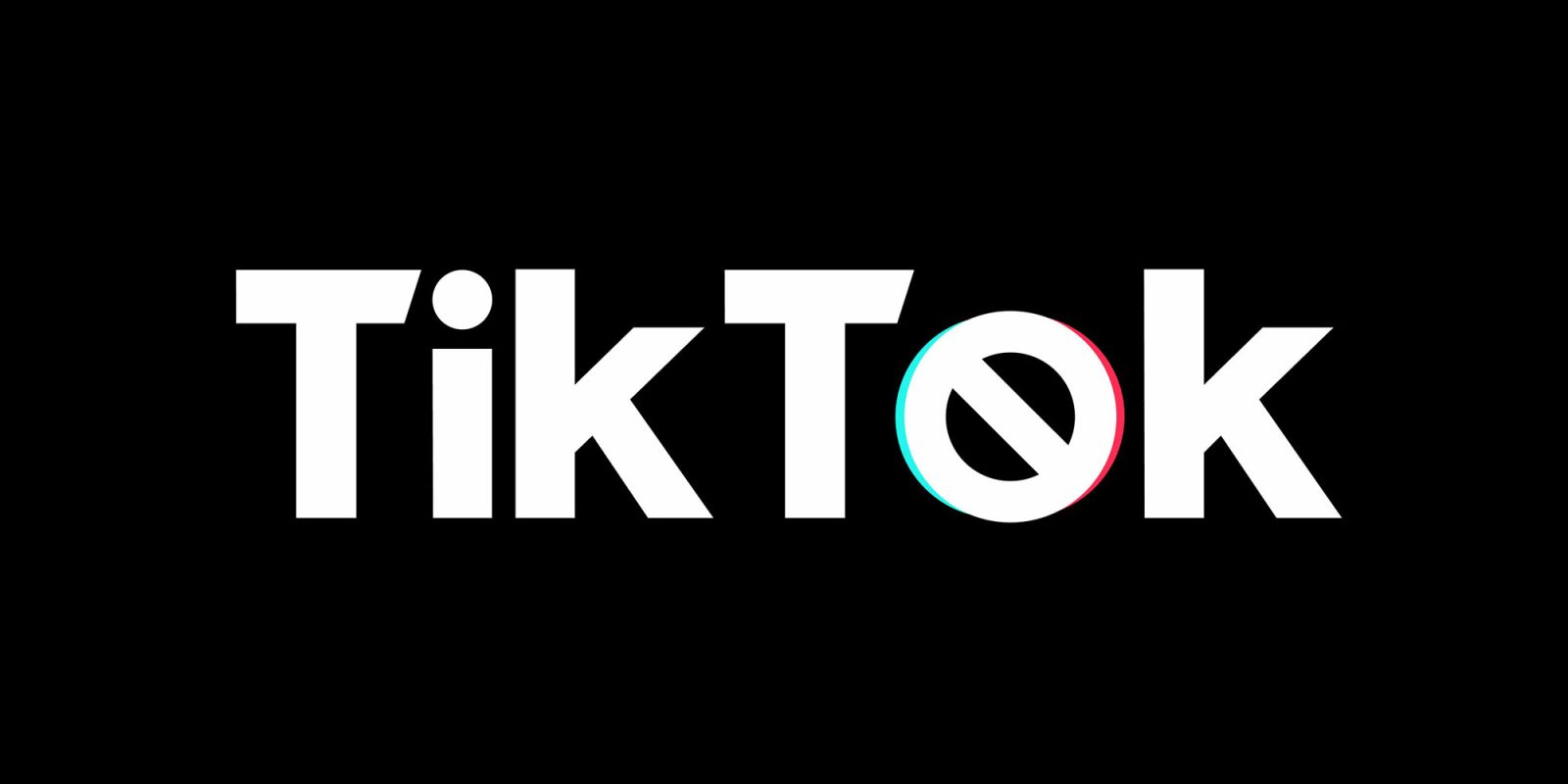
Accidentally released TikTok documents reveal that the company knows the app is addictive to children, and damaging to their mental and social development.
The documents also show developer ByteDance knew that screen-time tools it introduced would be ineffective, and were nothing more than a PR measure …
TikTok lawsuits
ByteDance is fighting potential TikTok bans in both the US and Europe, as well as lawsuits filed by attorneys general in multiple US states. NPR reported last week that more than a dozen states are suing the company.
The lawsuits, filed separately on Tuesday in 13 states and the District of Columbia, argue TikTok has violated consumer protection laws and contributed to a teen mental health crisis.
The bipartisan group of attorneys general is seeking to force TikTok to change product features that they argue are manipulative and harm teens.
TikTok documents reveal addictiveness was known
ByteDance had to supply internal reports to the states, but it was agreed that these would remain confidential for now. However, the lawsuit filed by Kentucky had faulty redactions, allowing the blacked-out sections to be revealed by copying and pasting.
Kentucky Public Radio published redacted excerpts revealing that the company knew kids could get addicted to the app in under 35 minutes, reports NPR.
TikTok determined the precise amount of viewing it takes for someone to form a habit: 260 videos. After that, according to state investigators, a user “is likely to become addicted to the platform.”
In the previously redacted portion of the suit, Kentucky authorities say: “While this may seem substantial, TikTok videos can be as short as 8 seconds and are played for viewers in rapid-fire succession, automatically,” the investigators wrote. “Thus, in under 35 minutes, an average user is likely to become addicted to the platform.”
TikTok known to harm the development of children
The developer also knew that extended use of the app was harmful to the mental and social development of children.
TikTok’s own research states that “compulsive usage correlates with a slew of negative mental health effects like loss of analytical skills, memory formation, contextual thinking, conversational depth, empathy, and increased anxiety,” according to the suit.
In addition, the documents show that TikTok was aware that “compulsive usage also interferes with essential personal responsibilities like sufficient sleep, work/school responsibilities, and connecting with loved ones.”
Screen-time tool was just a PR stunt
While the company introduced a screen-time tool with a default limit of 60 minutes, ByteDance knew kids would override this and also knew that it has no effect.
After tests, TikTok found the tool had little impact – accounting for about a 1.5-minute drop in usage, with teens spending around 108.5 minutes per day beforehand to roughly 107 minutes with the tool.
There’s more; the full piece is well worth reading if you have kids who use TikTok.
FTC: We use income earning auto affiliate links. More.



Comments